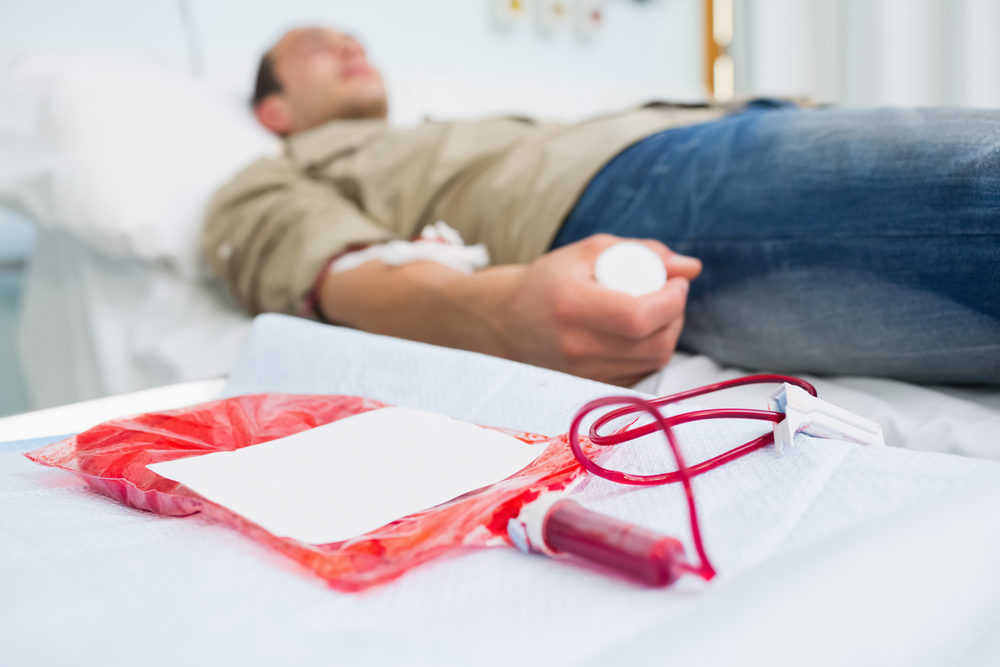What to Expect During Plasmapheresis When You Have LEMS

Plasmapheresis is a procedure that can be used to treat Lambert-Eaton myasthenic syndrome (LEMS), an autoimmune disease in which antibodies are produced that mistakenly attack the body’s own tissues, leading to the symptoms of the disease.
Plasmapheresis, or plasma exchange, involves extracting a patient’s blood, filtering out the plasma components such as autoantibodies, and returning the blood cells to the patient in replacement plasma, which can be fresh or processed donor-derived plasma. Because the procedure reduces the number of circulating antibodies in the blood, it can alleviate the symptoms of LEMS.
How to prepare for plasmapheresis
Talk to your doctor before the procedure for any specific preparation instructions.
Drink plenty of fluids for several days prior to the procedure so you’re well-hydrated. Stop drinking fluids about three hours before the procedure. Use the restroom immediately prior so you don’t have to during the two- to three-hour procedure.
Make sure to eat during the day of the procedure. Some patients feel light-headed during plasmapheresis, which is made worse if blood sugar is low.
The Lambert-Eaton News forums are a place to connect with other patients, share tips and talk about the latest research. Check them out today!
What happens during the procedure
The procedure will feel similar to giving blood. The nurse will insert a needle into the large vein at the bend of your elbow. The blood will run through a tube into a plasmapheresis machine, where it will be mixed with an anticoagulant to stop the blood from clotting. The machine will separate the blood cells and plasma (the liquid portion of blood). The blood cells will be mixed with a replacement fluid, and this fluid will be returned to your body through another tube inserted into your other arm.
During the procedure, you can read, sleep, or watch television. You may also be able to have visitors with you, depending on the clinic’s rules.
Tell your nurse immediately if you feel faint, dizzy, or nauseated at any time during the procedure.
What happens after the procedure
Once the procedure is over, the nurse will have you sit and wait for a few minutes to ensure that you are feeling well enough to go home.
Plasmapheresis is safe, but comes with potential side effects. You may feel pain or discomfort at a needle injection site on your arm, as well as occasional fatigue, low blood pressure, or a cold and tingling sensation in your fingers or around your mouth. Notify your nurse if you have any of these symptoms.
If you experience pain or swelling at the needle insertion sites after the procedure, inform your doctor.
Last updated: Oct. 6, 2019
***
Lambert-Eaton News is strictly a news and information website about the disease. It does not provide medical advice, diagnosis, or treatment. This content is not intended to be a substitute for professional medical advice, diagnosis, or treatment. Always seek the advice of your physician or other qualified health provider with any questions you may have regarding a medical condition. Never disregard professional medical advice or delay in seeking it because of something you have read on this website.






